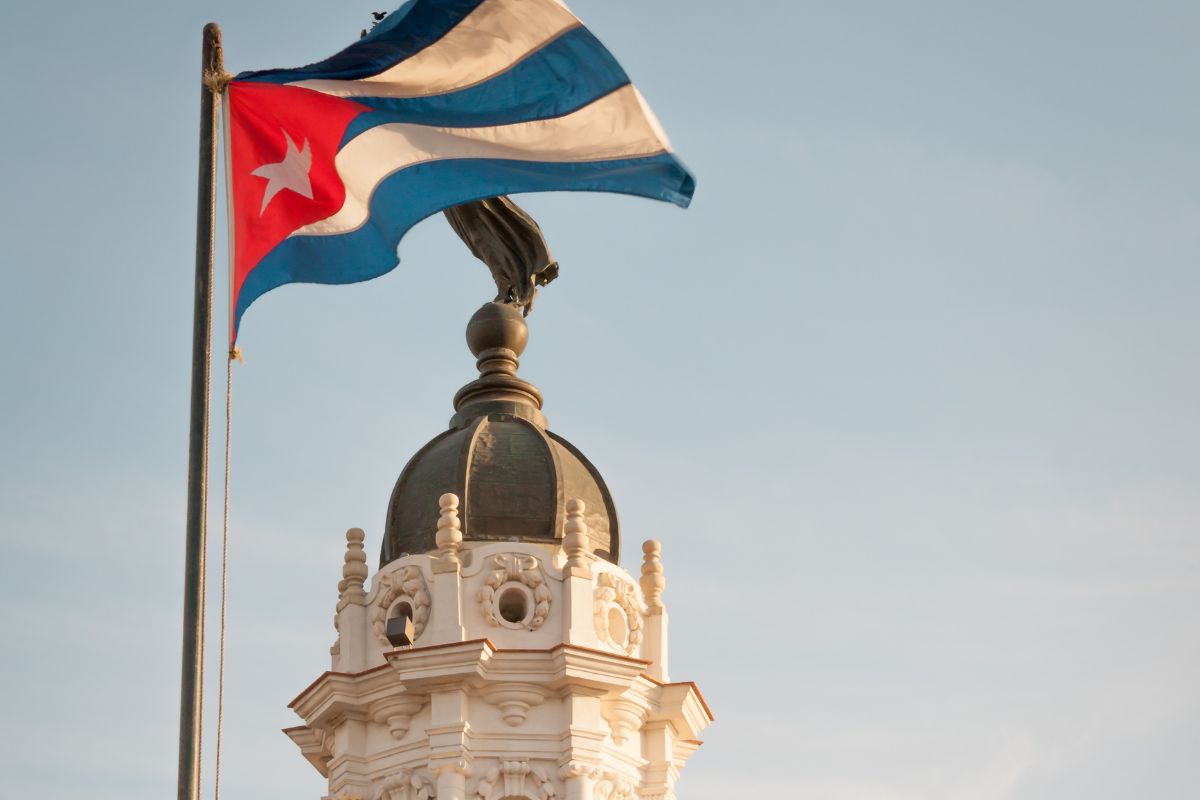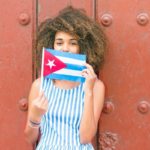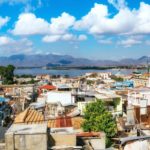The rule of Cuba was under the same family for more than 60 years.
The Castro brothers were at the forefront of the Cuban revolution and ruled the country under a revolutionary socialist government.

When the leader of the Cuban revolution stepped down in 2006 due to ill health he hoped his dream of a Communist country would endure.
However, his brother, who took over Cuba after Fidel Castro, was more open to reform and things began to change.
Fidel Castro
Fidel Castro was born in Cuba to a prosperous sugar cane farmer.
He attended the University of Havana to study law and politics and while there became involved in an attempt to overthrow the government of the Dominican Republic.
He also took part in urban riots in Bogota, Colombia. Following graduation, he joined the Cuban People’s Party, a reform movement and became their candidate for the 1952 elections.
Before the elections could take place General Fulgencio Batista overthrew President Carlos Prío Socarrás’ government.
When attempts to remove Batista legally failed Castro formed a rebel group to oust him.
An attack on the Moncada Barracks proved disastrous with most of the rebels killed and Fidel and his brother Raul among those arrested. Both were sentenced to 15 years in prison.
After two years they were released as part of a political amnesty and went to Mexico to continue planning their campaign against Batista.
While there Fidel Castro formed a revolutionary group called the 26th of July Movement.
1959 Revolution
In December 1956 the group, 81 in total, landed back in Cuba from a yacht.
Again most of the rebels were killed apart from a handful including Fidel and Raul Castro, and Che Guevara, an Argentinian revolutionary.
They fled to the Sierra Maestra mountains and from there launched guerrilla attacks against the Batista government.
Bolstered by ill feeling toward the government and successful propaganda Castro was successful in forcing Batista to flee the country in 1959.
By February that year Fidel Castro was head of the government and head of the armed forces of Cuba.
Despite election promises of restoration of the 1940 constitution Castro instead embarked on a program of radical policies, nationalizing private industry and commerce and introducing land reforms.
Post Revolution Cuba
The reaction of America to this situation was to impose an embargo on Cuba which prohibited any trade between the two countries.
Castro had signed a trade agreement with the Soviet Union which created further distrust.
In 1961 America broke all diplomatic relations with Cuba and in the same year they armed Cuban exiles in the hope of overthrowing Castro’s regime.
They landed in Bay of Pigs but were quickly defeated by Cuban armed forces.
When the Soviet Union secretly put ballistic missiles on the island of Cuba in 1962 tensions with the United States reached a critical point.
It is the closest the two sides ever came to a nuclear confrontation, this is known as the Cuban missile crisis.
Fidel Castro continued to exercise power over all aspects of Cuban life, political, economic and cultural for the next 47 years when finally in 2006 he handed power to his brother Raul due to ill health.
Raul Castro
Raul Castro had served as Fidel’s second in command in the government and also as a general in the armed forces. From 1959-2008 he served as Cuba’s defense minister.
He had a strong and loyal group of military officers known as raulistas and was strongly committed to the Communist Party of Cuba which he helped to build and institutionalize.
Raul had fostered strong links with the Soviet Union traveling there on numerous occasions particularly to seek arms for the country’s army.
Although he was a Marxist he had a more open approach to economic reform than his brother.
When Fidel passed power to him in 2006 it was only intended to be as provisional head of state while the president underwent surgery.
However the former leader’s health had continued to decline, and he decided to step down permanently as president.
Differing Style Of Government

In 2007 Raul Castro became head of the three main bodies of the Cuban hierarchy, the Communist Party of Cuba, the Council of Ministers and the Council of State.
However, he said he would continue to consult his brother on matters concerning the state.
During the first few months of his tenure Raul Castro introduced various reforms including removing wage restraints which had been in place since the 1960s.
Other concessions included permitting the ownership of mobile phones and personal computers.
By 2010 the new president announced increased tolerance for private enterprise and let 500,000 government employees go.
The following year he relaxed state involvement in several economic sectors, and removed a certain number of travel restrictions.
There was now no need to obtain official authorization for travel or the need for an official invitation to the destination country.
The new travel terms also extended the length of time one could be away from the country to two years.
Expatriates could now also return to the country for more than three months at a time.
Cubans could take up residence abroad temporarily to obtain employment and this created a new stream of foreign exchange for the country.
State owned companies were increasingly being transferred to private ownership and the new mixed economy continued to grow.
In 2013 the transition to a new generation of leaders began to take effect.
By now Raul Castro acknowledged that 70% of Cubans had been born after the revolution and the country had to yield to its younger leaders.
As part of this process 52-year-old Miguel Díaz-Canel replaced the then vice president José Ramón Machado Ventura who was 82.
Miguel Díaz-Canel
By April 2018 Raul Castro had stepped aside and the new presidency of Miguel Díaz-Canel began.
As Raul had done with Fidel the new president promised to consult with the former president on strategic decisions concerning the country.
The change in leadership came at the same time as the drafting of a new constitution which acknowledged the role of the market and recognized private property.
Expanded political and social rights were also introduced.
Restrictions from the United States which had been eased under the presidency of Barack Obama were reintroduced under President Donald Trump and new tensions came to the fore.
President Miguel Díaz-Canel is a party technocrat and an adherent to the Castro’s policies.
He is expected to preserve the country’s social structure and cautiously introduce reforms of his predecessor’s Communist economic policies.
He is the first president of Cuba to be born after the revolution and the first non Castro family member to hold the position since 1976.
In Conclusion
Fidel Castro will most likely remain the most famous of all Cuban leaders because of the way he assumed power and the length of his reign over the country.
His legacy lives on in Cuba despite many attempts at reform.
The country remains a single party socialist state where no opposition is permitted and the role of the vanguard Communist party is preserved in the constitution.
Only time will tell if future generations can change any of that.
- What Is The Largest Island In Cuba? - September 19, 2022
- Havana – Why Is It Cuba’s Most Exciting City? - September 19, 2022
- Cheapest Time To Visit Cuba (Ultimate Guide) - September 19, 2022








